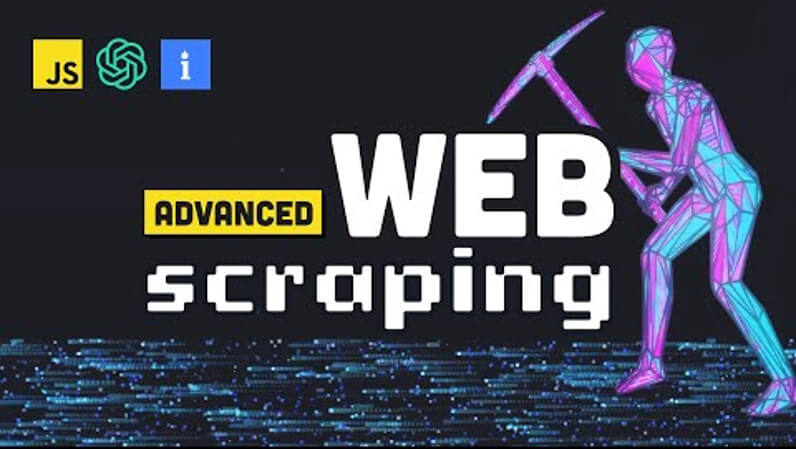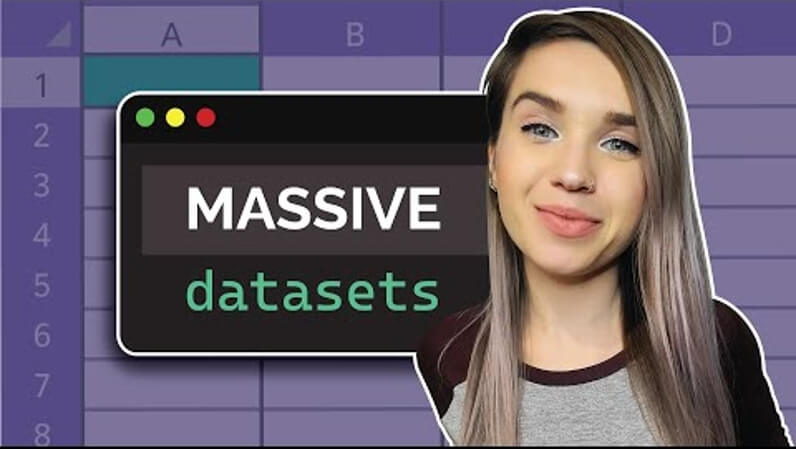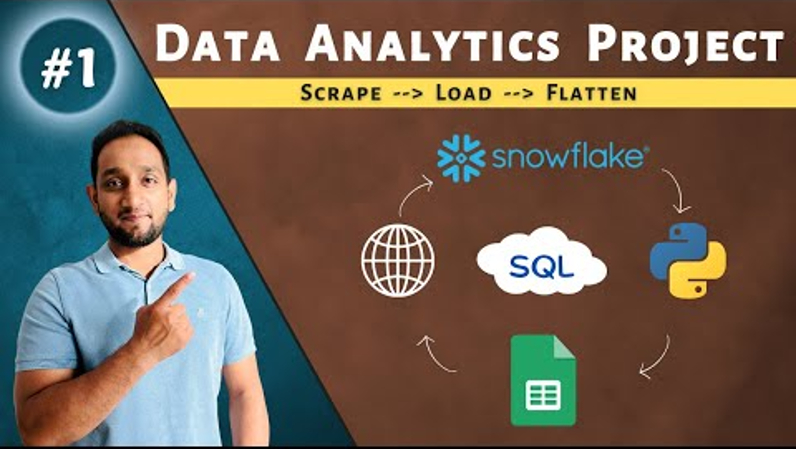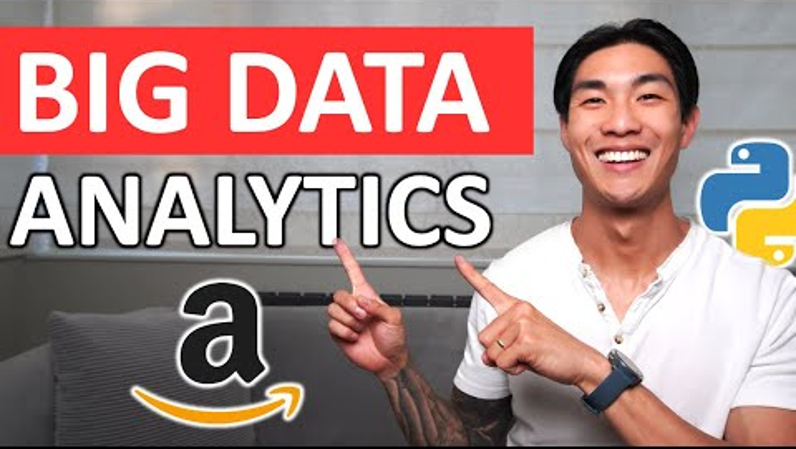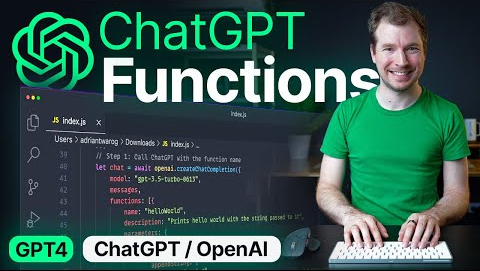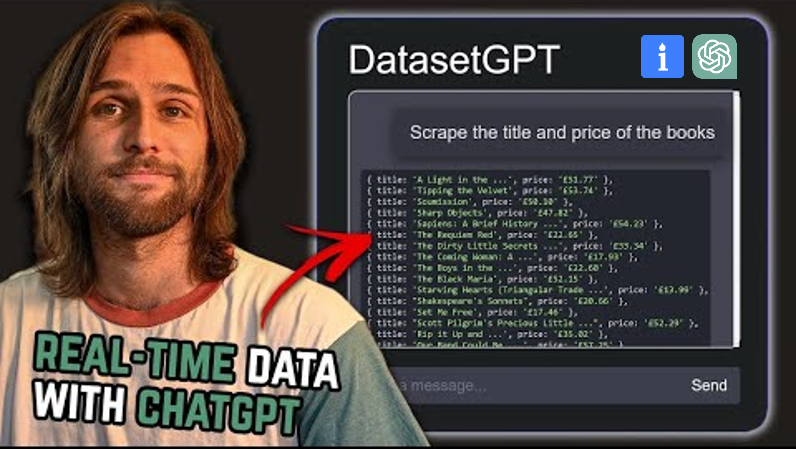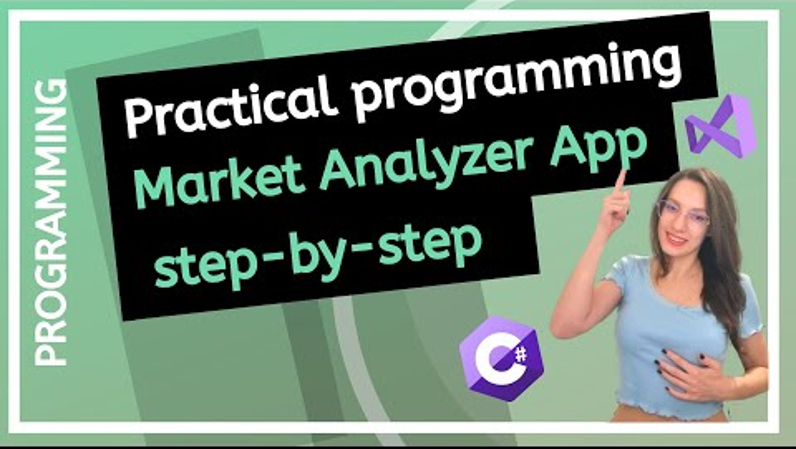“The success of social listening lies in using the right tools for data collection. Without accurate, reliable data, your insights are flawed, and your decisions miss the mark. Start with quality data, and the rest will follow.” – Vadim Savin, Founder @notJust.dev
Hey there! I’m Vadim, and I’m thrilled to share this tutorial on how I built an AI-powered social listening application . This project is designed to help you monitor your brand, gain market intelligence, and stay ahead of the competition using Bright Data tools and cutting-edge AI technologies.
Before we dive in, let me share a quick backstory. A few months ago, I was searching for a tool to monitor my brand across the internet. While there are plenty of specialized tools for specific platforms like Google or social media, I couldn’t find one that gave me a holistic view of my brand’s health across the web. I wanted to know when someone mentioned my work, raised a complaint, or when competitors were up to something new. Since I couldn’t find the perfect tool, I decided to build it myself.
Today, I’ll walk you through the entire process—from data collection to AI-powered insights and automation. Whether you’re a developer, a business owner, or just curious about social listening, this guide will give you actionable steps to implement these features in your own projects. Let’s get started!
Why Social Listening Matters
Let’s start with a simple question: How often do you check what’s being said about your brand online? If your answer is “not often,” you’re likely missing out on valuable insights from your customers and competitors.
Social listening is about monitoring online conversations to understand customer sentiment , emerging trends , and even potential PR crises before they escalate. It’s also a powerful way to stay ahead of competitors by analyzing their activities and strategies. However, the challenge lies in the decentralized nature of information —it’s scattered across social media, forums, blogs, and search engines.
That’s where tools like Bright Data and large language models (LLMs) come into play. By combining these technologies, we can collect data from across the web, process it, and extract actionable insights—all in one place.
The Architecture of a Social Listening Application

Here’s a high-level overview of the system we’ll build:
- Data Collection : Use Bright Data’s APIs to scrape data from search engines, social media platforms, and other sources.
- Data Storage : Store the structured data in a database for easy access and analysis.
- AI-Powered Insights : Use OpenAI’s large language models to extract key insights, such as sentiment analysis, trending topics, and customer pain points.
- Automation : Set up a system to continuously monitor and update data on autopilot.
Let’s break this down step by step.
Step 1: Collecting Data with Bright Data APIs
Scraping Search Engine Results
To monitor your brand’s performance on search engines like Google, we’ll use Bright Data’s SERP API . This tool makes it easy to scrape search engine results and extract data such as rankings, links, and descriptions.

Here’s how it works:
- Configure a zone in Bright Data with CAPTCHA solving enabled to handle anti-scraping measures.
- Use the SERP API to send a request for a specific query (e.g., your brand name).
- Parse the JSON response to extract the data you need, such as organic links, titles, and descriptions.
Once you’ve collected the data, store it in a database like PostgreSQL (hosted on Supabase ) for faster access and future analysis.

Scraping Social Media Data
Social media platforms are goldmines for brand mentions and customer feedback. Bright Data’s Web Scraper APIs provide pre-built scrapers for platforms like YouTube, Instagram, LinkedIn, and Reddit.
For example, to scrape YouTube channel data:
- Use the YouTube Profiles Scraper to extract information like subscriber count, video links, and descriptions.
- Set up a webhook to receive the scraped data automatically once the job is complete.
- Store the data in your database for further processing.
The best part? Bright Data’s scrapers are maintained and updated regularly, so you don’t have to worry about website changes breaking your code.
Step 2: Analyzing Data with AI
Once we’ve collected the data, the next step is to extract actionable insights using AI. This is where OpenAI’s large language models (LLMs) come in.
Use Case 1: Video Transcript Analysis
For YouTube videos, we can analyze transcripts to:
- Summarize the content.
- Extract key discussion topics.
- Identify brand mentions and timestamps.
Using OpenAI’s API, we send the transcript along with a prompt specifying the desired output format (e.g., JSON). The AI then returns a structured summary and key topics, which we store in the database.
Use Case 2: Sentiment Analysis of Comments
Customer feedback is invaluable for understanding public opinion. By analyzing YouTube comments (or posts from other platforms), we can:
- Determine the sentiment (positive, negative, or neutral).
- Extract common topics and pain points.
- Identify trends or potential PR crises.
The process involves:
- Sending a batch of comments to OpenAI’s API with a prompt asking for sentiment analysis and topic extraction.
- Parsing the JSON response and storing the results in the database.
- Displaying the insights in a user-friendly dashboard.
Step 3: Automating the Workflow
To make the system truly powerful, we need to automate the entire process. This involves setting up a cron job to periodically:
- Trigger data scraping for tracked items (e.g., specific channels, search queries, or social media profiles).
- Run AI analysis on newly collected data.
- Update the database and notify users of significant changes.

For example, you can schedule the system to scrape Google search results every 24 hours or monitor Reddit posts every 10 minutes. This ensures you always have up-to-date insights without manual intervention.
Step 4: Building the User Interface
On the front end, you can create a dashboard where users can:
- Track specific channels, search queries, or profiles.
- View real-time insights, such as sentiment analysis and trending topics.
- Receive alerts for significant changes or potential PR crises.
Using tools like React Native and Expo , you can build a cross-platform application that works seamlessly on both web and mobile devices.
What’s Next? Enhancing Your Social Listening Application
Here are some ideas to take your application to the next level:
- Alerts and Notifications : Set up email or Slack alerts for specific metrics or thresholds.
- Competitor Analysis : Compare your brand’s performance and sentiment with competitors.
- Historical Data : Track changes over time to identify trends and progress.
- AI Recommendations : Use AI to suggest actionable steps based on the insights.
- RAG Systems : Implement Retrieval-Augmented Generation to build a chatbot or search engine for your data.
Wrapping It Up
By combining Bright Data’s scraping tools with OpenAI’s large language models, we’ve built a scalable, AI-powered social listening application that can monitor your brand across the internet. From collecting data to extracting insights and automating workflows, this system empowers you to stay informed and make data-driven decisions.
I hope you found this guide helpful and inspiring. If you have any questions or want to share your own use cases, feel free to reach out to me on social media or check out my YouTube channel for more tutorials.
A big thank you to Bright Data for providing the tools that made this project possible.


